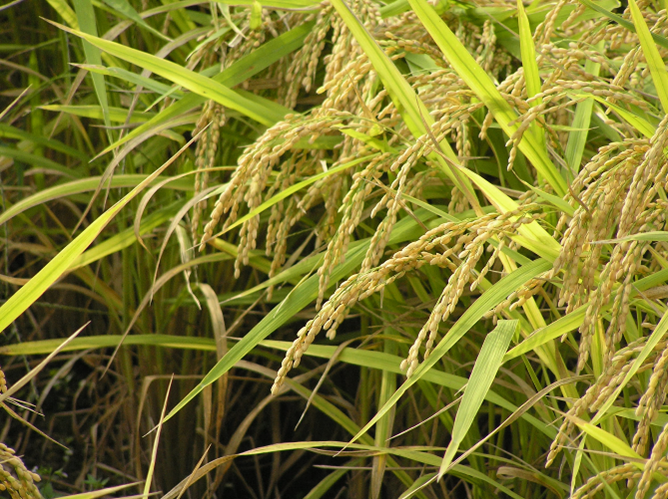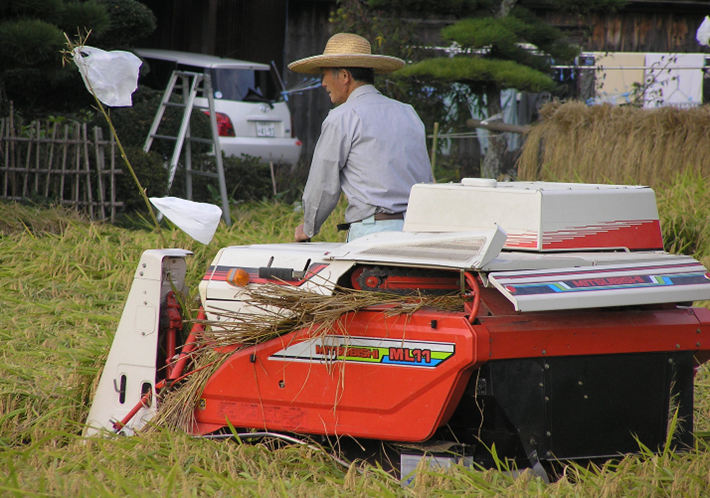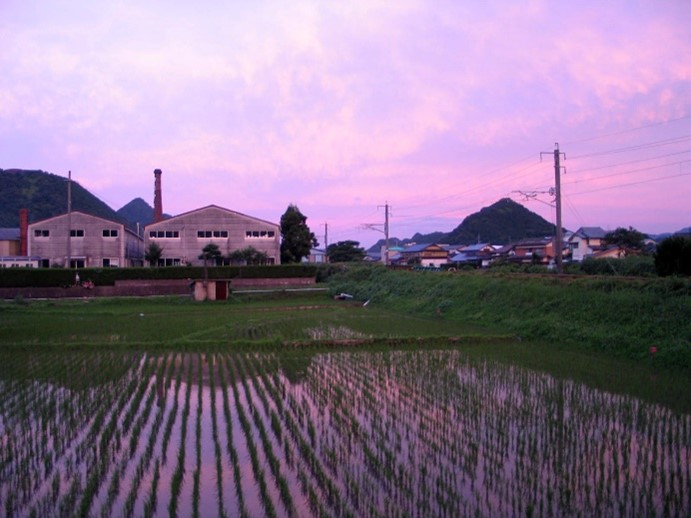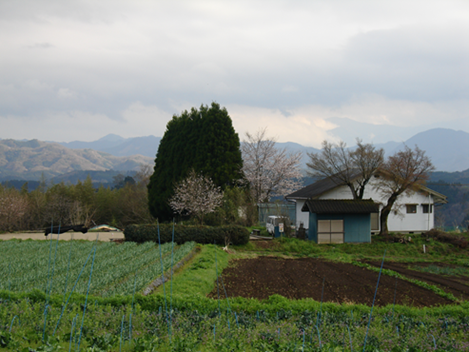By Cornelia Reiher
The idealized notion of rural Japan inherent in the term furusato is characteristic of discourse on rural Japan. It connotes beautiful nature and traditional lifestyles, nostalgia, warmth and a feeling of security that is constructed in opposition to urban spaces [1]. Although this idealized notion of rural Japan has been mobilized in regional revitalization discourses since the 1970s, the success of such portrayals has been rather limited when it comes to attracting capital, people and jobs to the countryside [2].
Copyright © Cornelia Reiher, 2006 and 2008
But with the increasing popularity of urban-rural migration it is not only the countryside that is represented in such an idealized manner. As prefectures and municipalities compete for newcomers and return migrants (ijūsha), they promote idealized images of their prefectures and of the migrants who should settle down in the respective areas. Prefectural and local governments have specific ideas about who should relocate to their towns. When looking at promotional material prefectures issue, it is striking how they attempt to appeal to different audiences. While some prefectures present themselves as the ideal place to raise children, others target women who want to realize their dreams and yet other prefectures are mainly interested in u-turn migrants.
Copyright © Cornelia Reiher, 2006 and 2013
In promotional material found on- and offline, ijūsha share their experiences and praise their new places of residence for beautiful nature, delicious food, a slow lifestyle or the support infrastructure provided by the prefecture or the municipality. Against the backdrop of population decline, it is not surprising that many prefectures target families with young children. Ijūsha featured in these prefectures’ promotional material stress how easy it is to raise children in the countryside, how children benefit from growing up in close contact with nature and how much easier it is to get access to childcare. Images of laughing children running around in paddy fields, feeding chicken, enjoying outside activities or harvesting vegetables and fruits they have grown in the family garden accompany these accounts. Their parents share their experiences with support for buying or renting land and house construction and talk about how they connect easily to locals through their children. The ijūsha depicted in such a manner mostly have three or four children and women mainly speak as mothers.
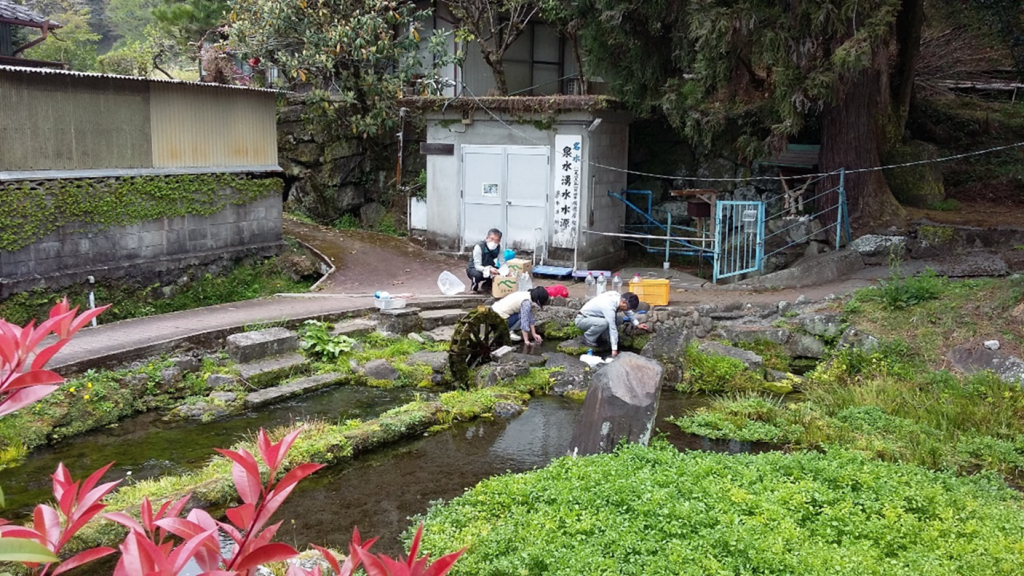
Copyright © Cornelia Reiher 2018
But the promotional material does not address the many problems related to education in Japan’s countryside. These include the closing of schools, the small size of classes in some rural schools or the difficulties of long distance commuting to a high school that prepares children for the university entrance exams. When I interviewed ijūsha in Ōita in 2018, many had smaller children and some complained that the number of students in the local elementary school wasn’t even large enough to open a baseball team. Many worried about their children’s future and wanted to move back to urban areas as soon as they would start high school. Nevertheless, after being stuck in an apartment in Berlin with my family during the Covid-19 pandemic for one and a half years, I can imagine that people from urban areas feel attracted to the imaginary of a happy life in the countryside presented in the promotion material by prefectures across Japan. It will be interesting to find out how people considering relocation perceive such material, what questions they ask staff at local support desks and how the imaginaries presented in promotional material affects their decisions when selecting a place to relocate to.
[1]
Ivy, Marilyn (1995), Discourses of the vanishing, Chicago: University of Chicago Press, p.105-106.
[2]
Reiher, Cornelia (2014), Lokale Identität und ländliche Revitalisierung. Die japanische Keramikstadt Arita und die Grenzen der Globalisierung, Bielefeld: Transcript.

